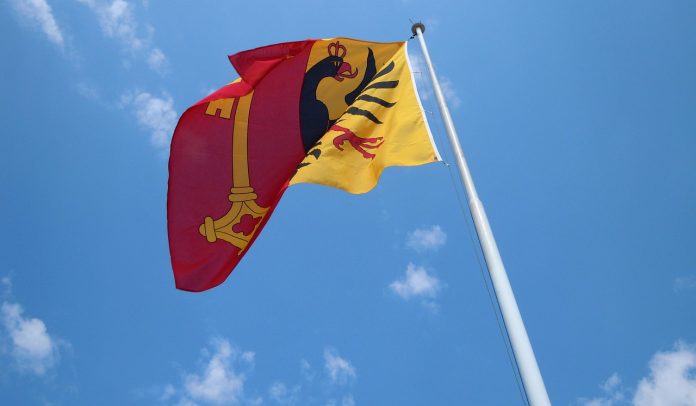Specialists of the Geneva Security Policy (GCSP) presented a 31-page document that offers specific truce mechanisms between Ukraine and Russia. This document was developed with the support of the Switzerland government and published by the Security Policy Center. It is known that experts from Ukraine, Russia, the USA and the European Union worked on it.
GCSP noted that this ceasefire toolkit is not a political settlement of the conflict. Instead, it is a practical leadership that is intended to help the parties to the conflict and the international community to create the conditions for termination of hostilities.
- The buffer zone
is proposed to create a 10-15-kilometer demilitarized area where there will be no military units or weapons. This area should also be faultless for drones, except for those used by international monitoring organizations.
The sides should go:
- 7.5 km from the ceasefire line for all troops (total buffer zone 15 km).
- For 50 km for artillery 100 mm or more.
- 75 km for volley fire systems (RSZV).
- 150 km for long-range Tornado-S, Hurricane, Smerch and Tactical Missile Complexes.
It is also proposed to conclude a separate agreement between Russia and the US or NATO on restricting the placement of winged missiles and medium -range missiles.
- Monitoring mission
to monitor the observance of the truce provides two possible options:
- Involvement of 15,000 international observers distributed in sectors along the buffer zone.
- Civil monitoring of 5,000 people whose protection will be provided by 10,000 foreign military with the UN mandate.
- The Joint Commission
of Ukraine and Russia, with the participation of international observers, should create a commission to resolve practical issues, in particular:
- Cartel.
- Demining territories.
- Organization of humanitarian corridors.
The document offers a clear structure to provide a truce, but its implementation will depend on the political will of both sides of the conflict and the international community.


